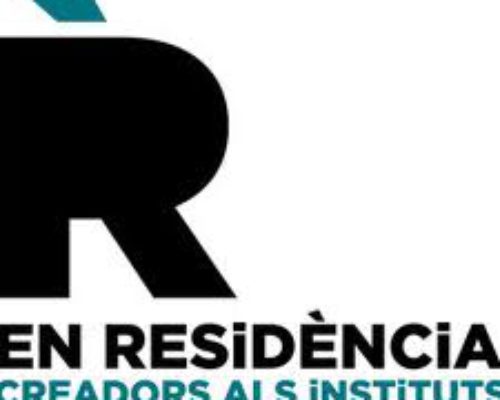Irene de Andrés, Joan Bennassar Cerdà, Arantxa Boyero, Lara Fluxà, Bel Fullana, Neus Marroig, Adrián Martínez, Jaume Orejuela, Julià Panadès, Albert Pinya, Tomás Pizá, Natxa Pomar, Cristòfol Pons, MariJo Ribas, Antònia del Río, Bartomeu Sastre, Isabel Servera, Javier Siquier, Las tAradas (Mariaema Soler i Marta Fuertes), Sara Tur.
Curators: Fernando Gómez de la Cuesta and Pau Waelder
As noted philosopher José Ortega y Gasset , every generation is committed to learning from the legacy of the previous generation and the need to create its own rules , a new worldview , ultimately leaving their mark , reflecting ” vital awareness “of its historical moment . In the art world , the passage from one generation to another often produces significant changes in artistic production , encouraged by the structure of the market and critics. This transition leads to power struggles , according to Pierre Bourdieu , ” on the one hand , there are the dominant figures who want continuity , identity, reproduction , on the other hand , newcomers who want discontinuity , rupture , difference , revolution. ” Make a name for yourself ” means to leave their own footprint , achieving recognition ( in both senses ) of his own diferènciarespecte other producers , particularly those who are more established . ” The generation of emerging artists can not but observe as artistic practice from a perspective that allows them to escape the weight of tradition and references that have shaped rethink the reality that surrounds art and his own status as artists from a zero point . With references , different experiences and aspirations , we can see the work of young artists under the concept of tabula rasa , the blank paper on which is written starting from nothing , or , following the conception of John Locke Foundation knowledge from experience. But artists do not create out of nothing , the weight of history and prevent the influences received the paper you write is completely white . The tabula rasa as rather a stance , a desire to start again and “liberate the creative genius .” Also the fact of belonging to a generation is a difficult concept : what traits are a group of artists born in the same geographical area with a few years difference? Possibly less than you might expect , given that we are in a hyper- connected world where mobility, physical and mental , all may lead the individual to receive diverse influences . So what is a generation and what contributions can we do? Tabula rasa or the ( im ) possibility of building a curatorial project generacióés Fernando Gomez de la Cuesta and Pau Waelder that aims to examine and present at international level the work of the younger generation of artists from the Balearic Islands. A work team made up of a group of artists born after 1981, this community provides an illustrative overview of the creative force of a generation that grows past the island and opening the influences and connections with the world. A generation of artists who give voice to contemporary art in our islands and have achieved a level of excellence • excellence in his career that allows dialogue with the international art scene . The project is structured as a traveling group exhibition that begins at Bastion is Modern Art Museum of Palma and travels to various art centers in Europe and America with the support of the Institute of Balearics . At each point of its travels , Tabula Rasa propose a dialogue with the local scene , opening connections with the artists of the same generation . On the occasion of this exhibition will publish a book containing in depth the work of the participating artists , a series of video documentaries and a website that serves as a center for the dissemination and documentation of the proposal.



